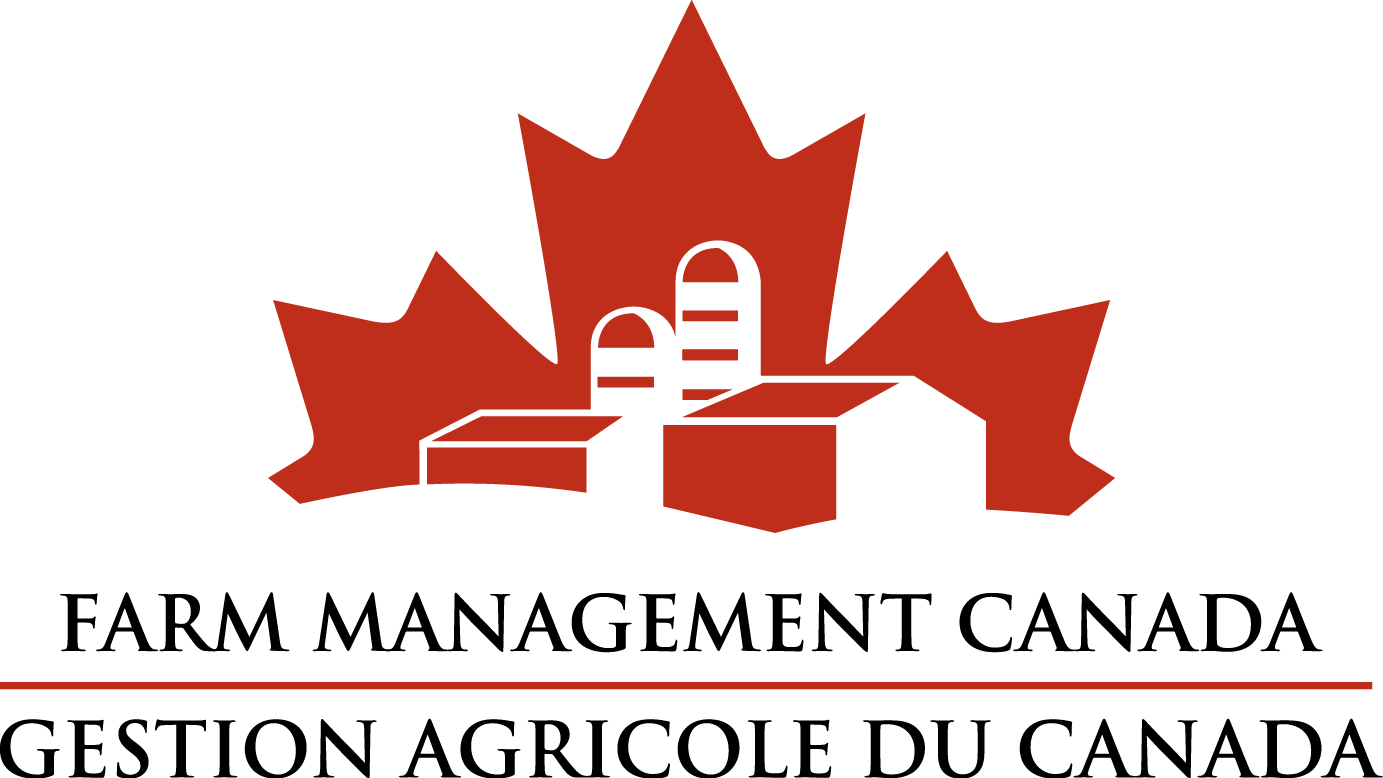 Water resource management is an increasingly important issue for many people, and for the horticulture industry, finding ways to reuse water is the ultimate goal. For container nurseries and greenhouses in particular, finding ways to recycle nutrients as well as water is a priority. However, finding the right system that provides recycling at the same time as removing unwanted pollutants such as pathogens or pesticides is necessary.
Water resource management is an increasingly important issue for many people, and for the horticulture industry, finding ways to reuse water is the ultimate goal. For container nurseries and greenhouses in particular, finding ways to recycle nutrients as well as water is a priority. However, finding the right system that provides recycling at the same time as removing unwanted pollutants such as pathogens or pesticides is necessary.
A research project was initiated in 2011 to evaluate the suitability of different innovative technologies for treatment and reuse of wastewaters from typical Ontario greenhouse and container nursery operations. The project, funded in part by the Ontario Ministry of Agriculture, Food and Rural Affairs, included two sites. The first is a constructed wetland at a container nursery near Georgetown. The second is a greenhouse operation in the Niagara region.
“For horticulture operations, the whole objective is to either treat wastewater properly so it can be safely released into the environment or preferably to be able to recycle and reuse it through the operation to reduce water use and costs,” explains Dr. Ann Huber, Research Scientist with the Soil Resource Group in Guelph, Ontario. “Ideally operations would like to move to a zero-discharge system if possible.”
Different operations have contrasting requirements and solutions. “A container nursery for example tends to have a larger volume of wastewater with lower concentrations of nutrients,” explains Huber. “Recycling wastewater in ponds can work out well if they can get the system right. In a greenhouse operation, wastewater volumes tend to be lower but the concentration of nutrients tends to be higher and may need to be managed differently.”
 At the Georgetown container nursery site, Huber has been monitoring an established constructed wetland for the past two years, and hopes to continue monitoring over the summer of 2013. At the greenhouse site in Niagara, various technologies have been installed as a pilot to monitor the effectiveness in treating the run-off water. “The setup of the pilot systems and initial monitoring was completed in 2012, and will continue through 2013,” says Huber. “We have a series of systems in place to address different issues, such as phosphorus, nitrogen and plant pathogen removal.” The first system is designed to remove phosphorus from the wastewater and we are still working on the right media and the right mix for the system. The next system inline is a denitrification filter, which is a woodchip bioreactor that has been used in the US and trialed in Ontario to remove nitrogen from field runoff.
At the Georgetown container nursery site, Huber has been monitoring an established constructed wetland for the past two years, and hopes to continue monitoring over the summer of 2013. At the greenhouse site in Niagara, various technologies have been installed as a pilot to monitor the effectiveness in treating the run-off water. “The setup of the pilot systems and initial monitoring was completed in 2012, and will continue through 2013,” says Huber. “We have a series of systems in place to address different issues, such as phosphorus, nitrogen and plant pathogen removal.” The first system is designed to remove phosphorus from the wastewater and we are still working on the right media and the right mix for the system. The next system inline is a denitrification filter, which is a woodchip bioreactor that has been used in the US and trialed in Ontario to remove nitrogen from field runoff.
“We are also piloting a series of water tanks with floating wetlands installed that filter the water,” explains Huber. “We are using a PhytoLinks™ Modular Floating Treatment Wetland System, developed by the C&M Aquatic Management Group, which is a series of hexagonal cells that plants are grown in to filter wastewater. We will continue monitoring the performance throughout 2013. At the University of Guelph, researchers are also working on another innovative filter system to be put in place this year.”
 Huber has preliminary research data from the various technologies and hopes to have final recommendations by 2014. Some technologies are working very well, however others are not performing adequately. “We are continuing to fine-tune the most promising technologies and at the end of the project will be able to provide growers with information to help them select the treatment option that will reduce their environmental impact for the least cost,” says Huber. “The horticulture industry needs innovative water treatment technologies so they can reduce their impact on the environment and recycle and reuse water and nutrients in their operations, and that is what we are working towards.”
Huber has preliminary research data from the various technologies and hopes to have final recommendations by 2014. Some technologies are working very well, however others are not performing adequately. “We are continuing to fine-tune the most promising technologies and at the end of the project will be able to provide growers with information to help them select the treatment option that will reduce their environmental impact for the least cost,” says Huber. “The horticulture industry needs innovative water treatment technologies so they can reduce their impact on the environment and recycle and reuse water and nutrients in their operations, and that is what we are working towards.”
-30-
“The goal of the project is to try to find low costs systems for small to medium growers,” says Dr. Ann Huber. “Ultimately we would like to find zero-discharge systems suitable for the horticulture industry.”
Contact:
Dr. Ann Huber
Ph: (519) 341-2176
Email: [email protected]
http://www.srgresearch.ca/
http://www.cmaquatic.com/phytolinks.php
http://www.omafra.gov.on.ca/english/research/new_directions/index.html
